Rising Demand for Low-Calorie Sweeteners
The increasing consumer preference for low-calorie and sugar-free products is driving the Isoglucose Market. As health-conscious individuals seek alternatives to traditional sugars, isoglucose, with its lower caloric content, becomes an attractive option. In recent years, the market for low-calorie sweeteners has expanded significantly, with projections indicating a compound annual growth rate of over 5% through 2025. This trend is particularly evident in the beverage sector, where manufacturers are reformulating products to meet consumer demands. The Isoglucose Market is poised to benefit from this shift, as it offers a versatile ingredient that can be used in various applications, including soft drinks, baked goods, and dairy products.
Expansion of E-commerce and Online Retailing
The rise of e-commerce and online retailing is reshaping the Isoglucose Market by providing consumers with greater access to a variety of products. As more consumers turn to online platforms for their shopping needs, the demand for isoglucose-containing products is likely to increase. This shift is particularly relevant in the context of specialty food items and health-oriented products, which are often more readily available online. Market data suggests that the e-commerce sector is expected to grow at a rapid pace, potentially exceeding 20% annually. This trend presents an opportunity for the Isoglucose Market to expand its reach and cater to a broader audience, ultimately driving sales and market growth.
Innovations in Food and Beverage Formulations
The Isoglucose Market is experiencing a surge in innovation as food and beverage manufacturers explore new formulations. The versatility of isoglucose allows for its incorporation into a wide range of products, from snacks to sauces. Recent data suggests that the food industry is increasingly adopting isoglucose due to its functional properties, such as improved texture and moisture retention. This trend is particularly relevant in the context of clean label products, where consumers demand transparency in ingredient sourcing. As manufacturers strive to meet these expectations, the Isoglucose Market is likely to see increased adoption, driven by the need for innovative solutions that enhance product appeal.
Regulatory Support for Alternative Sweeteners
Government regulations promoting the use of alternative sweeteners are influencing the Isoglucose Market positively. Many countries are implementing policies aimed at reducing sugar consumption due to health concerns related to obesity and diabetes. For instance, some regions have introduced taxes on sugary beverages, encouraging manufacturers to explore isoglucose as a viable substitute. This regulatory environment is likely to enhance the market's growth, as companies seek to comply with new standards while catering to consumer preferences. The Isoglucose Market stands to gain from these developments, as it aligns with the broader movement towards healthier food options and responsible consumption.
Growing Applications in the Pharmaceutical Sector
The pharmaceutical sector is emerging as a significant driver for the Isoglucose Market. Isoglucose Market is being utilized in various formulations, including syrups and oral solutions, due to its favorable properties. The increasing prevalence of chronic diseases necessitates the development of effective treatment options, and isoglucose serves as a suitable excipient in many pharmaceutical applications. Market analysis indicates that the demand for isoglucose in pharmaceuticals could witness a substantial rise, as companies seek to enhance the efficacy and palatability of their products. This trend underscores the potential for the Isoglucose Market to diversify its applications beyond traditional food and beverage sectors.


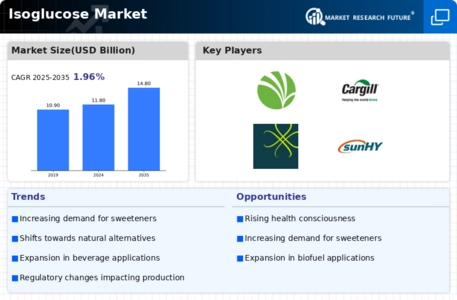
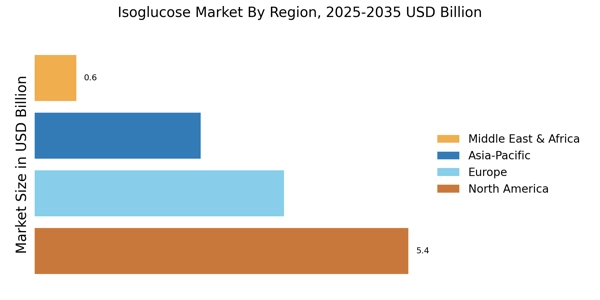
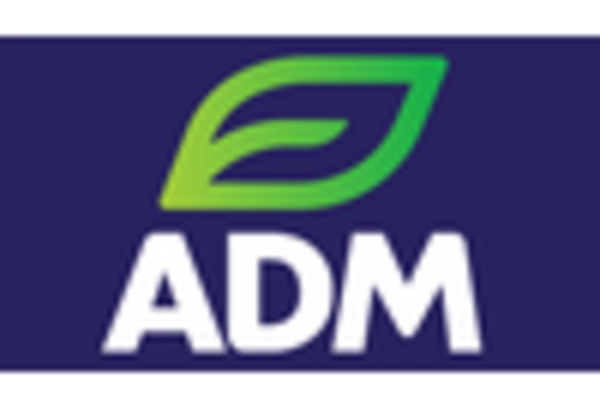

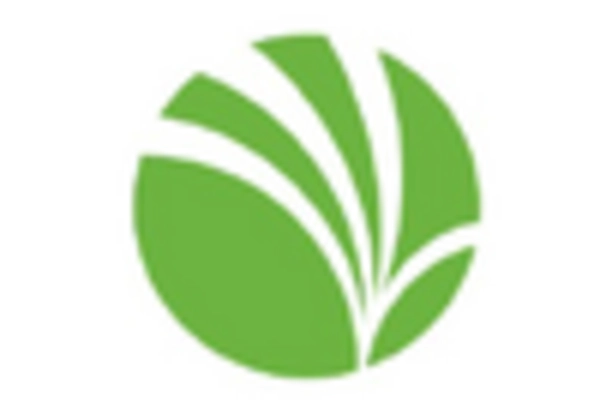
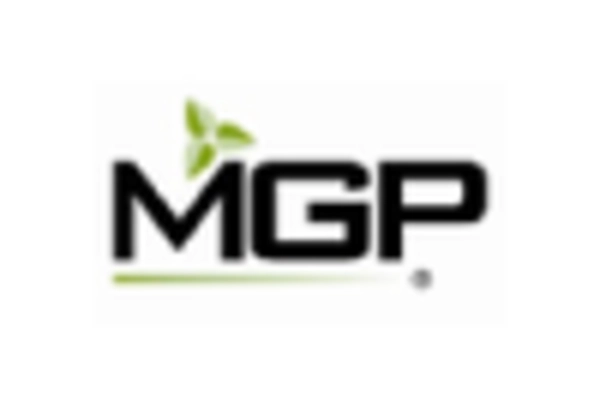
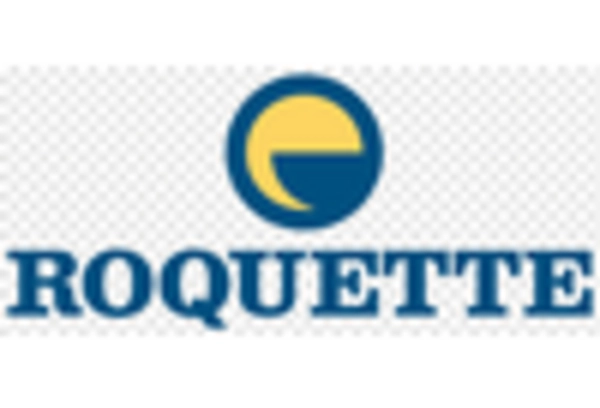
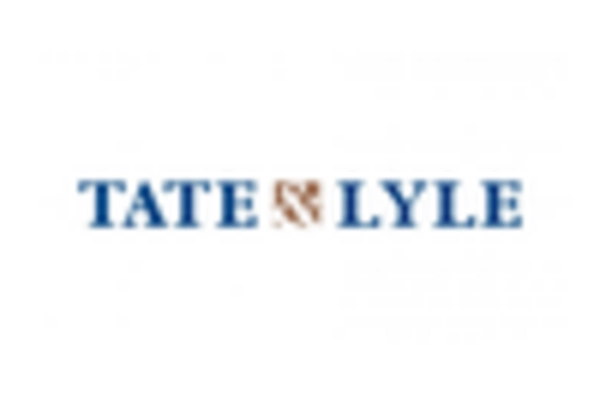








Leave a Comment